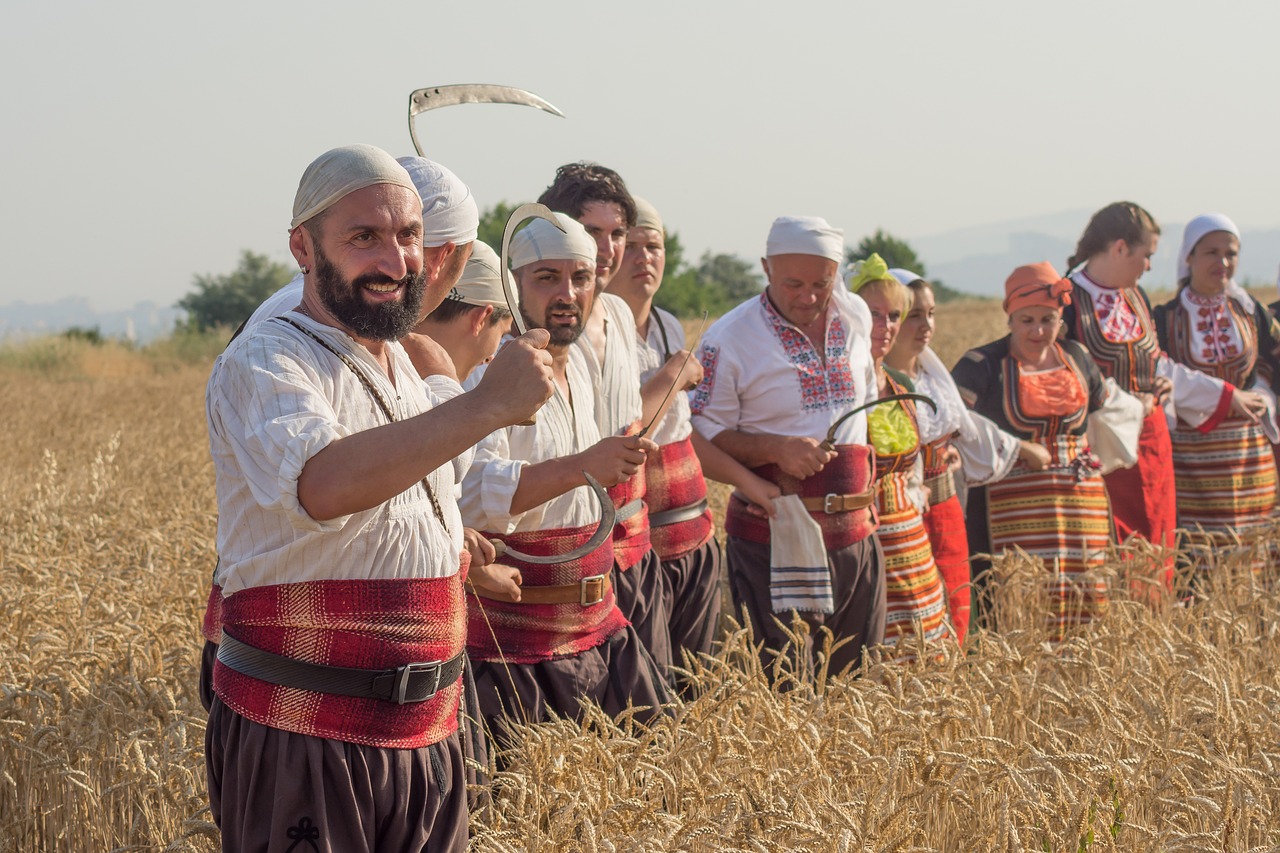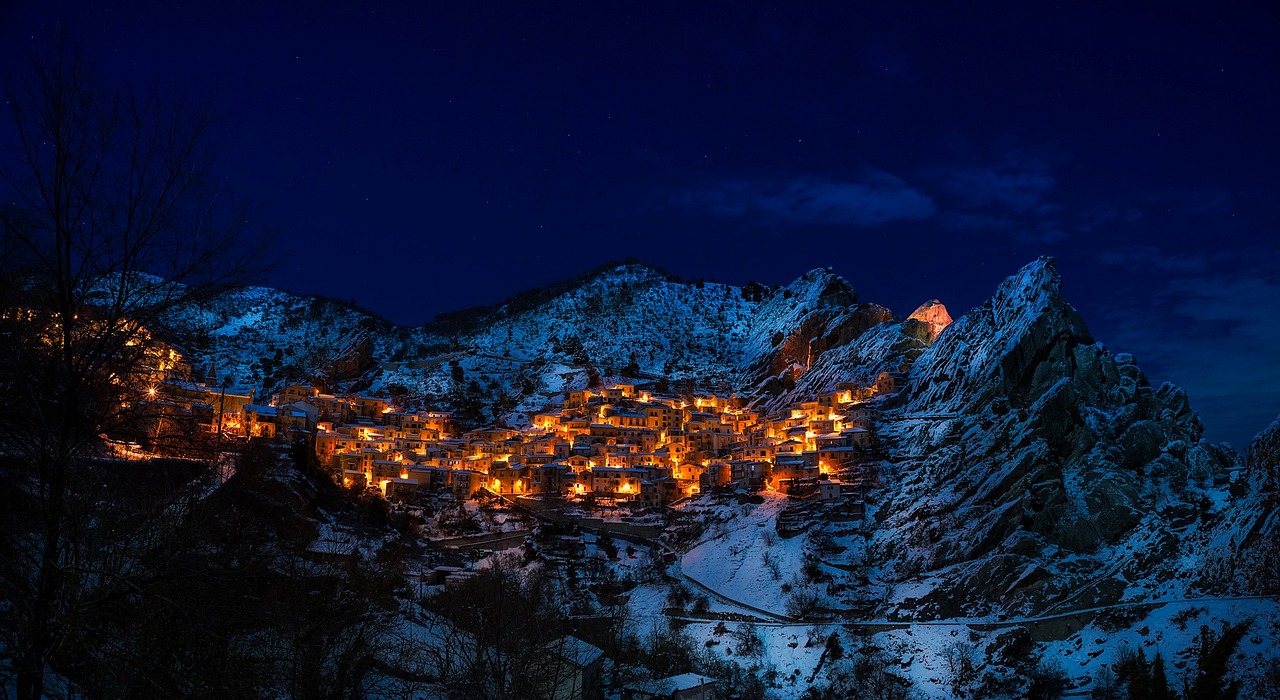Madara National Historical-Archeological Reserve is home to a wealth of ancient marvels and cultural treasures. Take, for example, the world-renowned Madara Horseman, a unique rock relief depicting a horseman, lion, and hunting dog. The reserve is full of wonders that span from the Neolithic Age to the late Antiquity, offering evidence of cultural development from various ethnic groups. Recognized as a protected environment for petrified remains and rare animal species, Madara was included on the list of UNESCO World Heritage Sites in 1979. This historical site provides visitors with parking, toilets, and access for people with limited mobility, and is supervised by the regional historical museum in Shumen. Madara is a great destination for those seeking to explore the ancient wonders and cultural treasures of Bulgaria.
Key Takeaways
- Madara national historical-archeological reserve is located 17 km northeast of Shumen and 75 km from Varna.
- The reserve has a rich history dating back to the Neolithic Age and contains various cultural landmarks such as rock sanctuaries, palaces, fortresses, temples, and monastic complexes.
- The most notable monument in the reserve is the Madara Horseman, a unique stone relief carved on a cliff, which is associated with historical figures and the god Tangra.
- The reserve also includes a Roman villa, a late Antiquity fortress, and a cliffside chapel. The archaeological museum within the reserve showcases over 350 original finds from the Madara region.
Overview of Madara
Madara National Historical-Archeological Reserve is a protected environment located 17 km northeast of Shumen, 2 km from the village of Madara and 75 km from Varna, offering a variety of cultural monuments and artifacts from different periods of history. Occupied since the Neolithic Age, the reserve has a wealth of archaeological significance, with evidence of cultural development from various ethnic groups. Rock sanctuaries, palaces, fortresses, temples and monastic complexes can be seen. The most notable monument is the Madara Horseman, a unique stone relief carved on a cliff. It depicts a horseman with a sword, a lion at the feet of the horse, and a hunting dog behind the rider. The reserve also includes a Roman villa, a fortress from late Antiquity, and a cliffside chapel. It is recognized as a protected environment for petrified remains and rare animal species, providing facilities such as parking, toilets and access for people with limited mobility.
Preserved Monuments
Surrounded by towering cliffs, the site is home to a wide array of preserved monuments that offer a glimpse into the diverse history of the region. Madara National Historical-Archeological Reserve is home to a variety of monuments, including rock sanctuaries, palaces, fortresses, temples, and monastic complexes. The most notable monument is the Madara Horseman, a unique stone relief carved on a cliff that is associated with a variety of historical figures and the god Tangra. There is also a Roman villa, a fortress from late Antiquity, and a cliffside chapel. Preservation efforts have been taken to protect the monuments from destruction, and to ensure their historical significance is not lost. The reserve is recognized as a protected environment for petrified remains and rare animal species, with facilities such as parking, toilets, and access for people with limited mobility.
Madara Horseman
The renowned Madara Horseman stone relief is a unique monument carved on a cliff, depicting a horseman with a sword, a lion at the feet of the horse, and a hunting dog behind the rider. It has been associated with numerous historical figures, including the god Tangra. The Madara Horseman’s historical significance includes its recognition as a monument of the First Bulgarian Kingdom and its placement on the list of UNESCO World Heritage Sites. Its interpretation and symbolism is still debated today, with some believing it to represent a powerful ruler while others think it is a representation of the god Tangra.
-
Historical Significance of the Madara Horseman:
- Recognized as a monument of the First Bulgarian Kingdom
- Included on the list of UNESCO World Heritage Sites
-
Interpretation and Symbolism:
- Representation of a powerful ruler
- Representation of the god Tangra
Visitor Information
Visitors to the Madara national historical-archeological reserve can access parking facilities, toilets, and access for people with limited mobility. The reserve also provides a pavilion for the sale of informative materials and souvenirs. To further aid visitors, there are over 30 informative signs and tablets throughout the area. The Madara Horseman Municipal Enterprise of Tourism in Shumen provides additional information for visitors. Additionally, the tourist information center in Shumen is open Monday-Friday from 09:00-18:00.
The Madara Horseman is the most notable monument at the reserve, and is included on the list of UNESCO World Heritage Sites. The relief is associated with various historical figures and even with the god Tangra. It is a unique stone relief carved on a cliff depicting a horseman with a sword, a lion at the feet of the horse, and a hunting dog behind the rider. The reserve also contains evidence of cultural development from various ethnic groups, and is a vital location during the Middle Ages. The reserve is a protected environment for petrified remains and rare animal species, and is recognized for its historical significance.
Nearby Attractions
Located in the Shumen region of Bulgaria, Madara National Historical-Archeological Reserve provides visitors with access to a wide range of nearby attractions. With over 350 original finds from the Madara region, the reserve’s archaeological museum is one of the most popular attractions. The Shumen Fortress Historical-Archaeological Preserve, Pliska National Historical and Architectural Reserve, and the Regional History Museum in Shumen are also nearby. The Shumen Plateau Nature Park is a great way to experience the local wildlife and nature. For those interested in the cultural significance of the area, the Madara Horseman Municipal enterprise of tourism in Shumen provides tourist information about the site. Images, advertising, and video materials on the website are property of the Ministry of Tourism and protected by copyright laws. With a variety of attractions nearby, visitors can explore the cultural and natural wonders of the Madara region.
Frequently Asked Questions
What is the age of the Madara Horseman relief?
The Madara Horseman relief is an ancient iconographic relief carved on a cliff, estimated to be from the 8th century. It has a cultural significance, representing different historical figures and even the god Tangra. The relief provides an insight into the cultural history of the region and serves as a reminder of its past.
How much does it cost to enter the Madara National Historical-Archeological Reserve?
Admission to the Madara National Historical-Archeological Reserve is free of charge, allowing visitors to explore its 3,691,336 hectares of protected environment, petrified remains, and rare animal species. Preservation strategies help protect ecology impact and preserve Madara’s historical and cultural treasures.
Are there any guided tours available?
Yes, there are guided tours available at the Madara National Historical-Archeological Reserve. These tours explore the cultural significance and folklore of the site through detailed analysis. The tours provide an opportunity to appreciate the historical monuments and appreciate the cultural heritage of the region.
Are there any restaurants or cafes at the reserve?
With its ancient cultural influences and plethora of archaeological sites, Madara National Historical-Archeological Reserve offers a unique dining experience. Visitors can explore a variety of dining options that are sure to tantalize the taste buds, making it an unforgettable journey through time.
Are there any other monuments in Madara other than the Madara Horseman?
The Madara National Historical-Archeological Reserve is home to a variety of monuments, including the iconic Madara Horseman. The relief is renowned for its unique iconography, natural setting, and cultural influences. Additionally, the reserve includes a Roman villa, a fortress from late Antiquity, and a cliffside chapel, all of which have contributed to the local economy.












